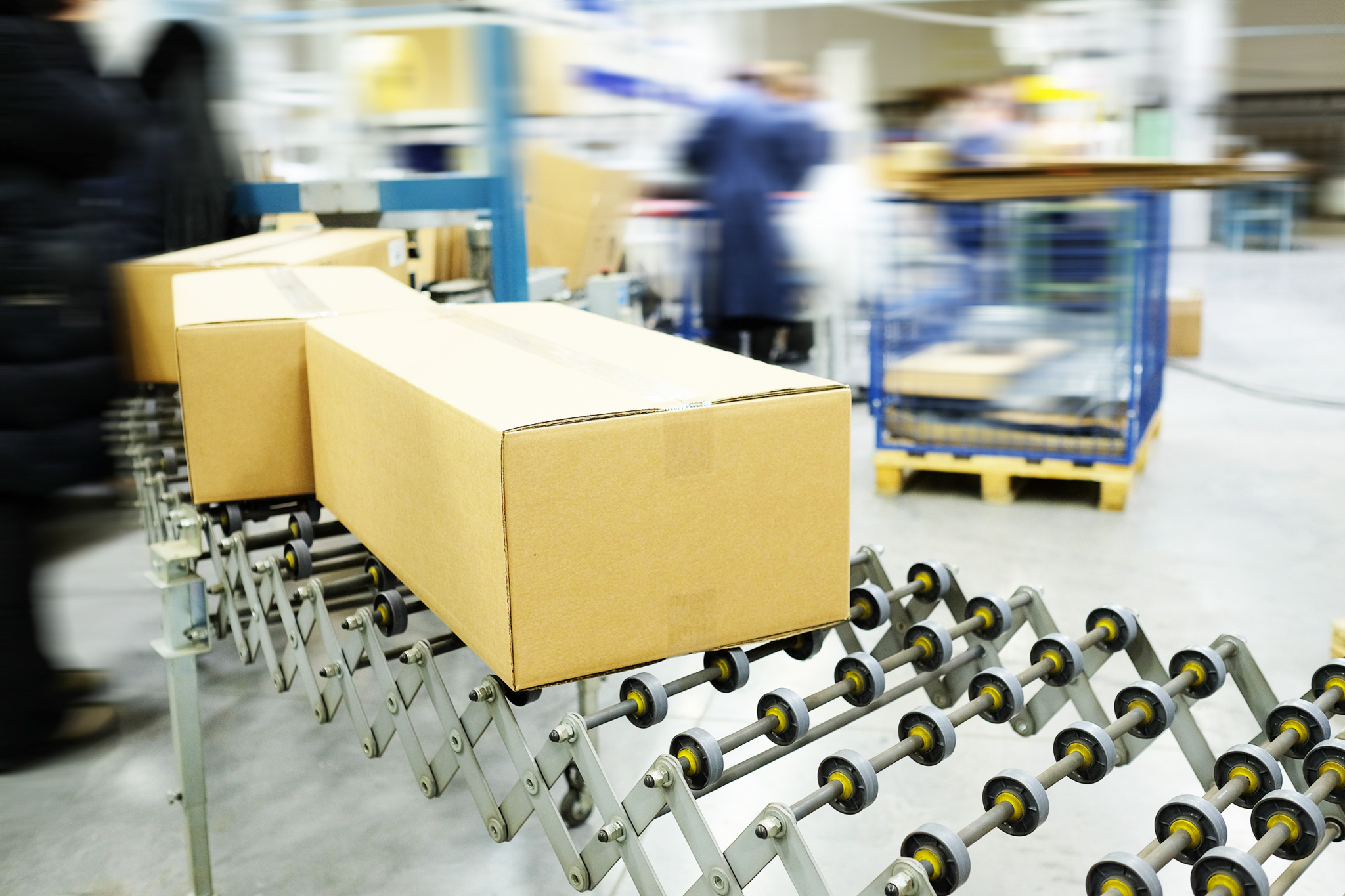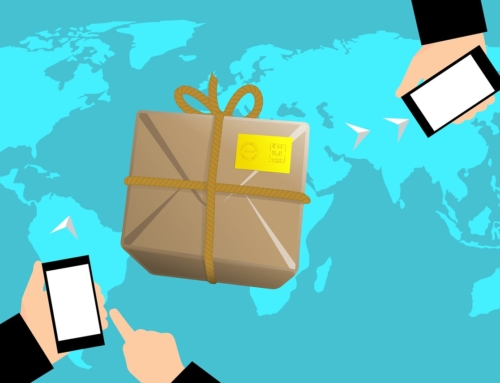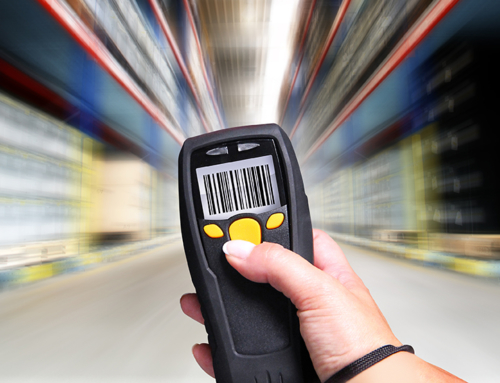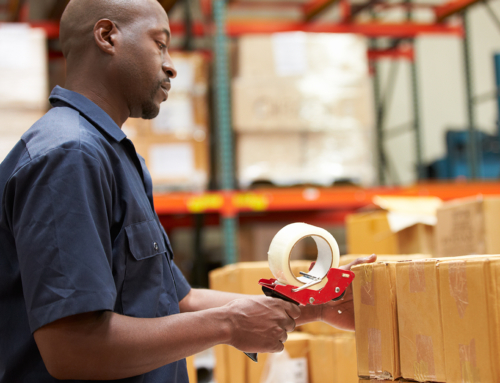Green thinking is increasingly penetrating the business world, changing the way companies do everything, from using digital documents to recapturing gray water to irrigate the landscaping around the building.
Make Money, Save the Planet, Everyone Wins
One place where no one seemed to think to look for green practices was the world of reverse logistics.
As eCommerce returns continue to come in at remarkable rates, returns management teams have to figure out just what to do with these items. Many of them can be repackaged and sold as new, but a significant portion of returns are not suitable for resale in new condition and that’s where a decision has to be made.
In the past, when returns didn’t make up as much as 30 percent of all sales (depending on the industry segment), retailers may have had the liberty of just tossing their unwanted items into the dumpster. But today, with so many more returns and a culture focusing on conserving resources, the picture is more complicated. Returned items are now evaluated for their potential as they stand: Can they be fixed, can they be sold for the materials, is the process cost-effective?
Often, the answer to all of these questions is “yes.” That is, with the right reverse logistics experts in place. Not only can these items be reclaimed from the landfill, they may be able to become a small secondary income stream, rather than a total loss. Not only is your company saving the planet at this point, you’re making a little bit of money doing it. Of course, this is a total win-win.
Another Way to Get Circular
Selling your returns on secondary markets or melting them down for their base metals is one great way to keep your reverse logistics team busy in what’s known as the “Circular Economy,” but it’s not the only way. Companies that sell items that are difficult to dispose of or troublesome by nature can take a further step: backhauling or materials reclamation.
For example, Nespresso developed a program in conjunction with UPS that allows users of Nespresso pods to recycle the potentially landfill-clogging coffee capsules with almost no effort. Drivers pick up bags of spent pods, route them to one of Nespresso’s facilities where the reverse logistics team then checks them and sends them on to be melted down into their base components and made into new pods. Even the spent coffee grounds are composted and used in the landscaping.
No matter what you sell, there’s a way to jump into the Circular Economy with your supply chain. All you have to do is start to think about products differently. If there’s any conceivable way that your products can be reused, reuse them. End of life for the components of an item is rare when you’re moving in a circle.







Leave A Comment